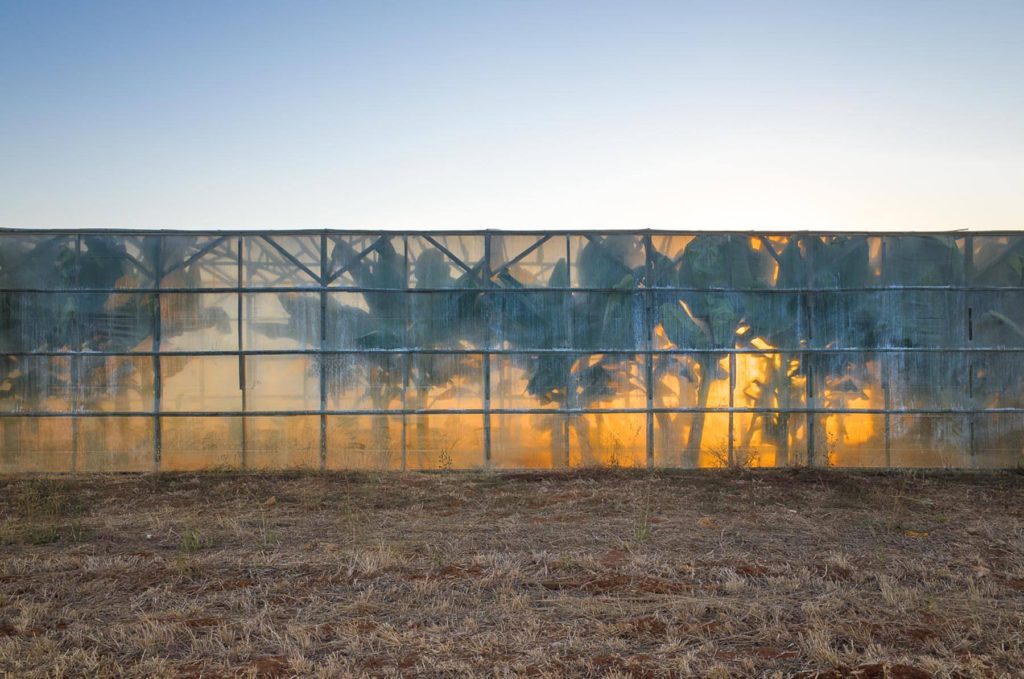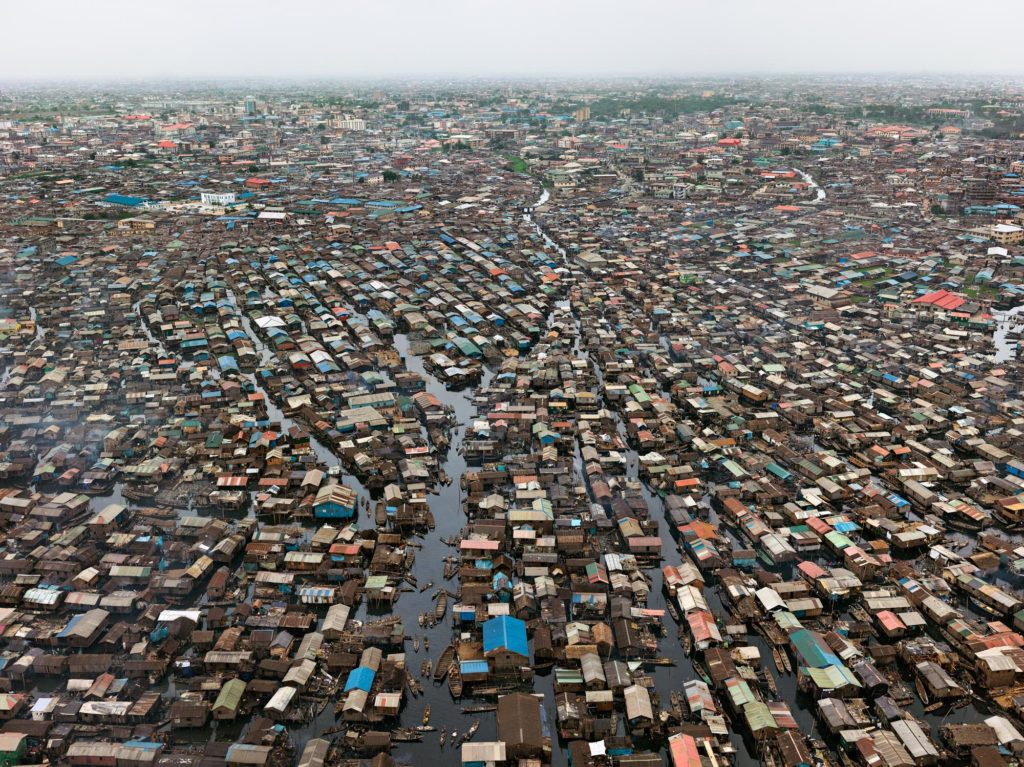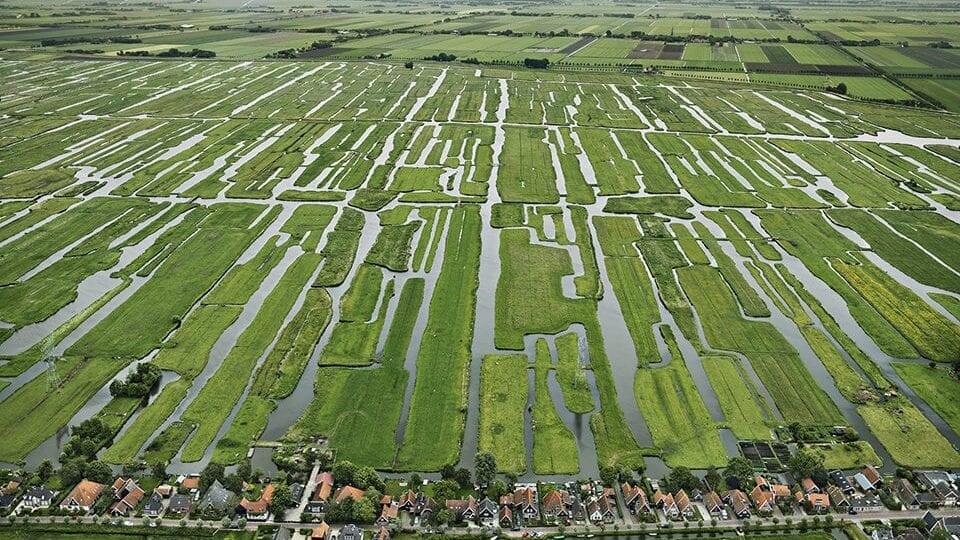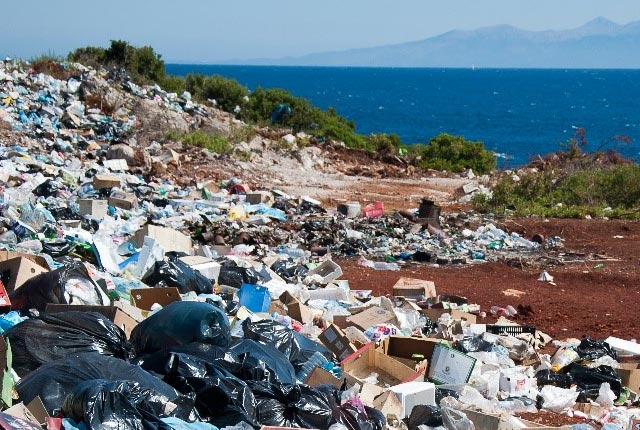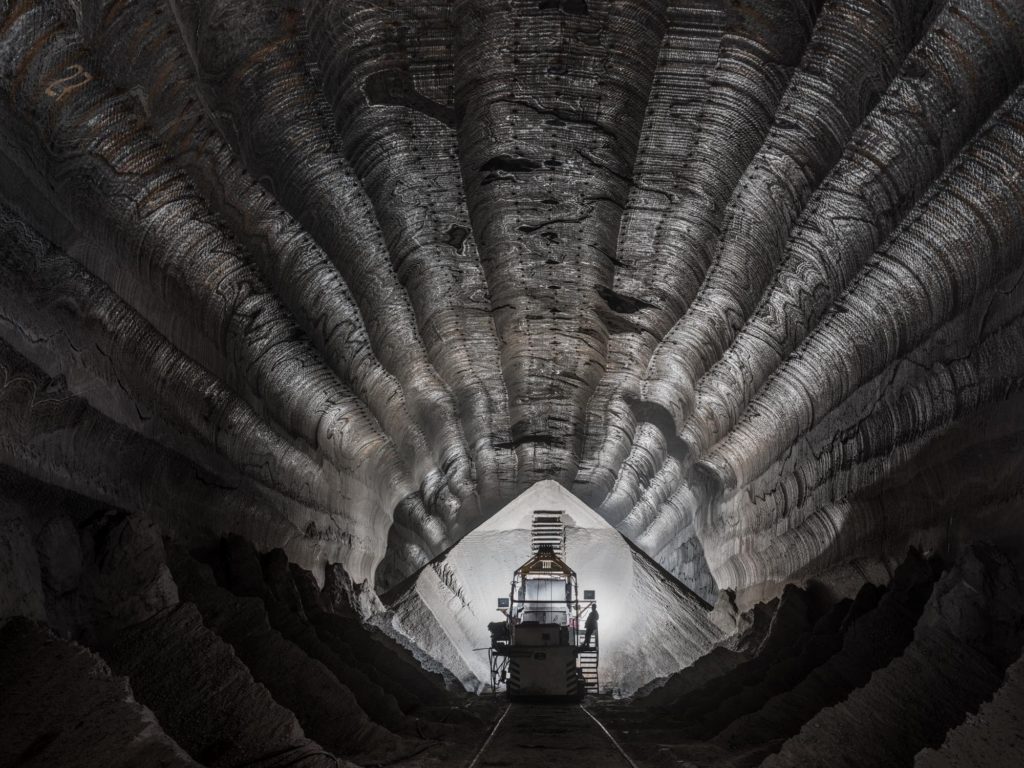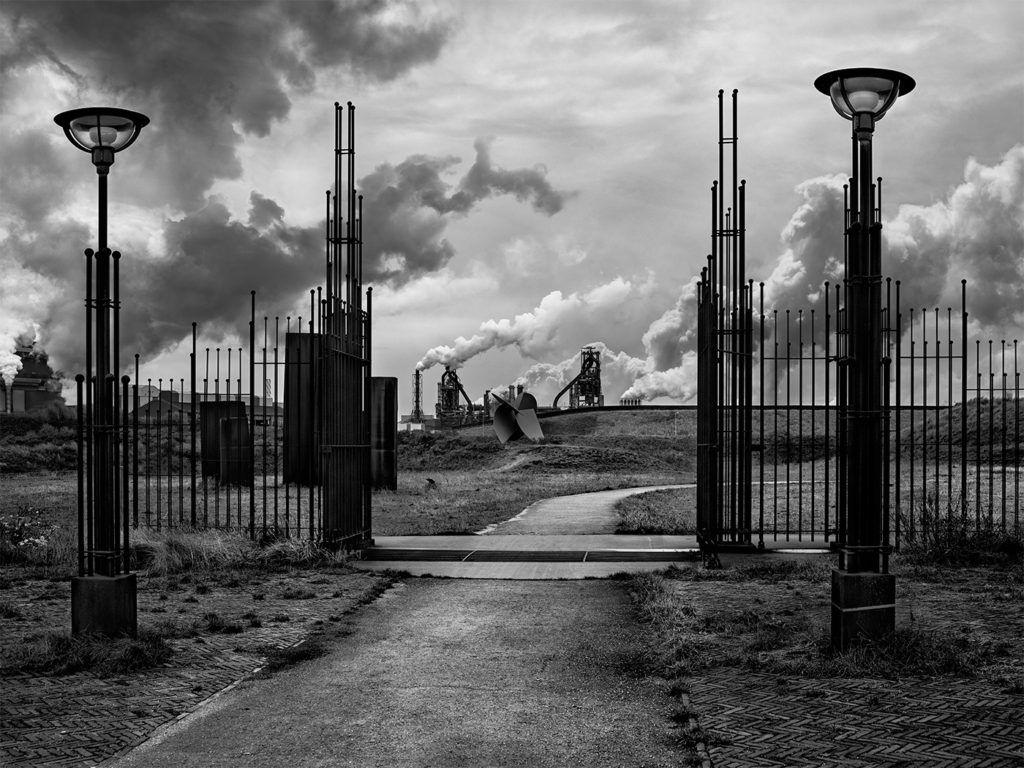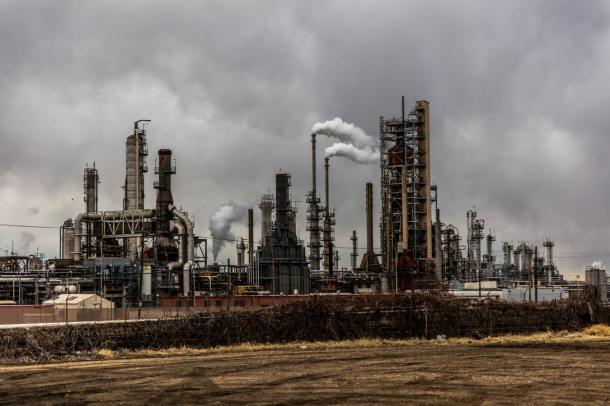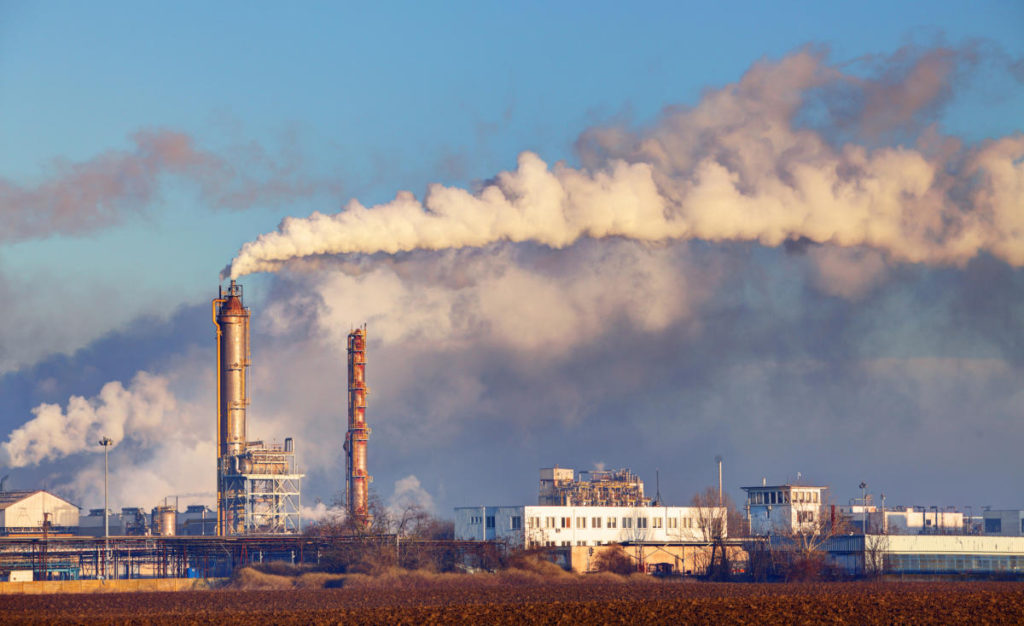The Anthropocene Epoch is an unofficial unit of geologic time, used to describe the most recent period in Earth’s history when human activity started to have a significant impact on the planet’s climate and ecosystems. The Anthropocene is a new, present day epoch, in which scientists say we have significantly altered the Earth through human activity. These changes include global warming, habitat loss, changes in the chemical composition of the atmosphere, oceans and soil, and animal extinctions.

HoloceneAccording to the International Union of Geological Sciences (IUGS), the professional organisation in charge of defining Earth’s time scale, we are officially in the Holocene (“entirely recent”) epoch, which began 11,700 years ago after the last major ice age.
Mood Board
Even more people suggest it dawned in 1950, when nuclear weapons cast radioactive elements across the globe. The radioactive debris from nuclear bombs made its way into rocks, trees and the atmosphere – they may represent the golden spike that scientists are searching for. Currently there is no clear consensus. It is important to note that some countries, regions, communities and industries have contributed to planetary pollution and climate change more than others. Industrialised and post-industrial societies have produced proportionally more emissions and use more resources than developing countries.
How can this be explored through photography?
Studio Work
Objects can be collected from natural locations such as the beach and can be arranged and photographed in ways that reflect that natural beauty, this can be done with objects such as shells or pearls. In contrast, studio work could also help illustrate how harmful objects such as plastics are on our environment and marine life.

Objects
Linking to the studio work, we can take objects associated with anthropocene, such as plastic bags and paper straws, this work can be used in the project and related to places that link to anthropocene.

Bags 
Straws 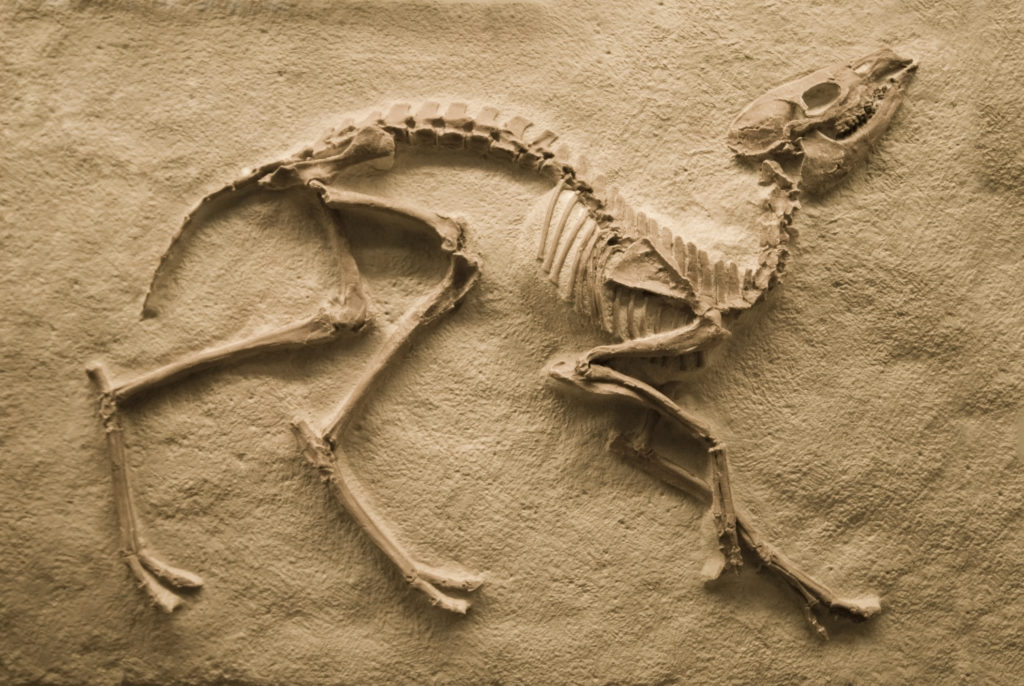
Fossil
Multi-exposure Editing
This method of editing includes choosing two or more images and merging them together to create a new image. to relate to the topic of Anthropocene contrasting images such as an industrial landscape (for example a warehouse) and a natural one (such as mountains) and merge them together to show how much manmade alterations how effected the planet.

Industrial Structures
One of my main ideas at the moment for the way in which this topic can be approached would be to to photo some of Jersey’s main industrial areas around La Collette. I think that this shows how Jersey has become more developed, but still recycles a lot of its waste, so this would be a contrasting idea in itself.
Natural Landscapes
I think that rather then focusing on how humans have changed the landscape, for this project the focus on could be preserving the natural landscapes, photographing them to illustrate how man hasn’t ruined the planet and looking for the positives through anthropocene.



